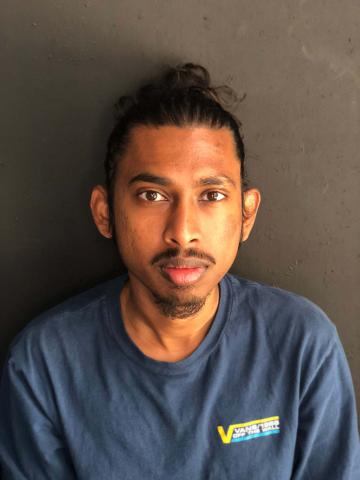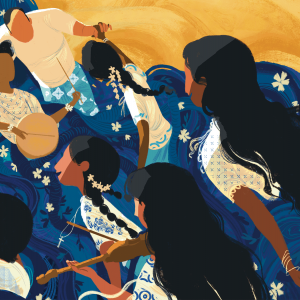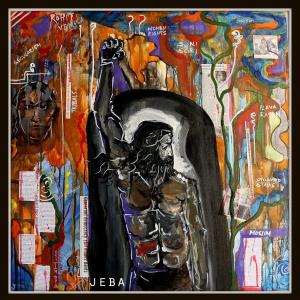
Daniel Sunkari (dansunkari.com) is a writer living in Long Beach, California. He works with Servant Partners, a spiritual movement pursuing transformation in poor urban communities, and writes about faith, caste, and diasporic South Asian identity.
Posts By This Author
A Beacon of Hope From South Asia
What the Bible's liberating word means to those most oppressed by the South Asian caste system.
“WHAT'S YOUR CASTE, Daniel?”
Glancing around my sixth-grade history classroom, I knew my answer to the teacher’s question wouldn’t mean anything to my American peers. It hardly meant anything to me, a South Asian kid. As years passed, I heard murmurs about controversy surrounding the teaching of the Hindu caste system in our classrooms. And in 2017, I watched California’s board of education vote to approve history textbooks that erased key aspects of a 3,000-year-old system of apartheid that presently affects almost 2 billion people around the world.
Caste is personal, systemic, violent, and subtle—all at once. Dalits, caste-oppressed people formerly known as “untouchables,” know this too well. As Dalit theologian and Christian minister Dr. Sunder John Boopalan told me, caste is the “oldest surviving form of anti-human oppression.”
How does caste work? Why does it matter? What do we do about it?
The best teachers on this subject are those who have persisted, resisted, and found God amid the brunt of caste oppression. Dalit liberation theology exists as a beacon of hope against crushing evil, calling all of humanity to see God, freedom, and ourselves in a renewed way.
Caste as an Origin Story
IN A 2016 INTERVIEW, civil rights activist Ruby Sales said that every theology should have “hindsight, insight, and foresight.” Using hindsight, we often find that oppression is rooted in the origin stories we tell.
The origin story of caste goes back to the ancient roots of Hinduism—more accurately called Brahminism—honed over centuries by upper-casts groups seeking to maintain social and political power and further entrenched by British colonial forces. The creation story in the Purusha Sukta tells of a primeval god sacrificing himself to create the world. Varnas, or castes, emerge from different parts of his body. Brahmins (priests and scholars) originate from his head, Kshatriyas (warriors and administrators) from his arms, Vaishyas (farmers and merchants) from his thighs, and Shudras (laborers and servants) from his feet. This hierarchical system ranks people according to purity and assigns their occupations.
'Painting Against Caste Violence Is My Resistance'
Jesus came to liberate people. That’s what Jesus has done in his ministry. When we read Jesus’ parables and quotes in Luke’s gospel, as well as in Matthew, you can find out that Jesus is a social reformer. So that is in the Palestinian context. When we see Jesus as our God, we should contextualize him in our own context, so then we can see Jesus as our God, or else he’ll be a normal human being — like Martin Luther, Martin Luther King — but he is different from other liberators.

